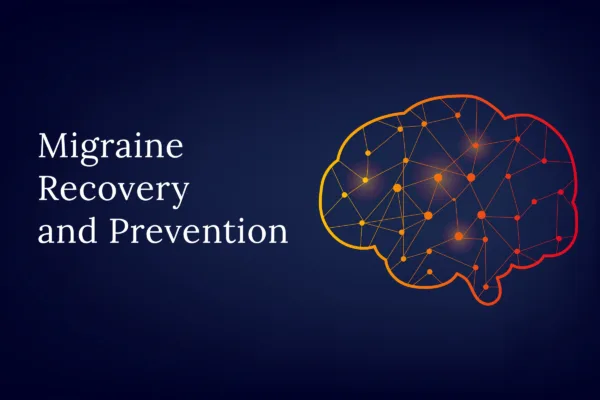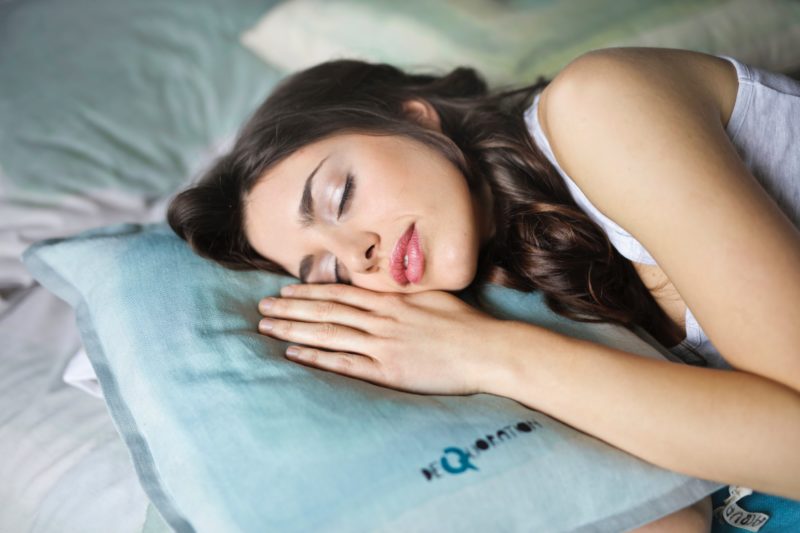Are you tired of vague exercise guidelines for treating migraines? Look no further! We’ve got the in-depth recommendations you need to effectively manage those debilitating headaches. The Scottish Intercollegiate Guidelines Network has categorized various exercise modalities based on solid evidence to help you find the right fit.
1. Moderate-Intensity Continuous Aerobic Exercise
Let’s start with something you’re probably familiar with—good ol’ aerobic exercise. This involves using large muscle groups, increasing your breathing rate, and maintaining a heart rate between 12 to 16 on the Borg scale. Doing this three times a week for at least 8 weeks can significantly reduce headache frequency, improve pain intensity, and may even enhance migraine duration, disability, and overall quality of life.
2. Yoga for Mind and Body:
Seeking a more holistic approach? Yoga might be the perfect fit for you! With physical alignment poses, mindful breathing, and meditation exercises, yoga provides an excellent mind-body intervention. Practicing yoga three times a week for at least 6 weeks can reduce headache frequency and disability while potentially improving pain intensity and duration.
3. Exercise and Lifestyle Recommendations:
It’s not just about the exercises; it’s about embracing a healthier lifestyle. Our guidelines encourage you to combine regular exercise (3-5 times per week for at least 6 weeks) with positive changes in your physical activity, meal times, sleep patterns, stress management, and medication habits. The result? A decrease in pain frequency, improved intensity and attack duration, and reduced disability from both episodic and chronic migraines.
Supplementary Recommendations:
- Exercise regularly and stay hydrated
- Maintain consistent sleep hours throughout the week
- Establish fixed meal times and medication routines
- Set aside time for relaxation and stress management
4. High-Intensity Interval Training (HIIT):
Ready for a challenge? HIIT incorporates alternating periods of high-intensity aerobic exercise and rest. Doing this three times a week for at least 8 weeks might just improve pain frequency and intensity, along with duration and disability for those with episodic migraines.
5. Low-Intensity Continuous Aerobic Exercise:
Don’t let the name fool you; low-intensity doesn’t mean low impact! This training, performed three times a week for at least 6 weeks, has been shown to remotely improve headache frequency, pain intensity, and total migraine duration for patients with episodic migraines.
6. Resistance Exercise:
Strengthen your body and combat migraines with resistance exercise. This type of training, done at least three times a week, has been found to reduce pain frequency, intensity, and disability caused by migraines.
7. Relaxation Techniques:
Sometimes, it’s all about finding calm amidst the storm. Relaxation techniques, including progressive muscle relaxation, guided imagery, and diaphragmatic breathing, can help manage migraines. Regular sessions over six weeks may improve headache frequency, while more frequent sessions after 12 weeks might improve pain intensity.
8. Tai Chi:
Slow, gentle movements and deep breathing form the foundation of Tai Chi. Practicing this five times a week for at least 12 weeks can remotely improve migraine frequency, though it may not impact pain intensity or attack duration. Just beware of potential joint and muscle pain during practice.
9. Qi-Gong:
Combining slow, gentle movements with regulated breathing and mindful focus, Qi-Gong is another valuable option. Daily practice may improve migraine pain frequency and disability after three months for those with episodic migraines, although pain intensity may not be significantly affected.
Get ready to take charge of your migraines with exercise! These evidence-based guidelines offer a wide range of options to suit your preferences and lifestyle. Embrace the power of movement and discover relief like never before. Remember, always consult with a healthcare professional before starting any new exercise regimen. Stay active, stay healthy!


















